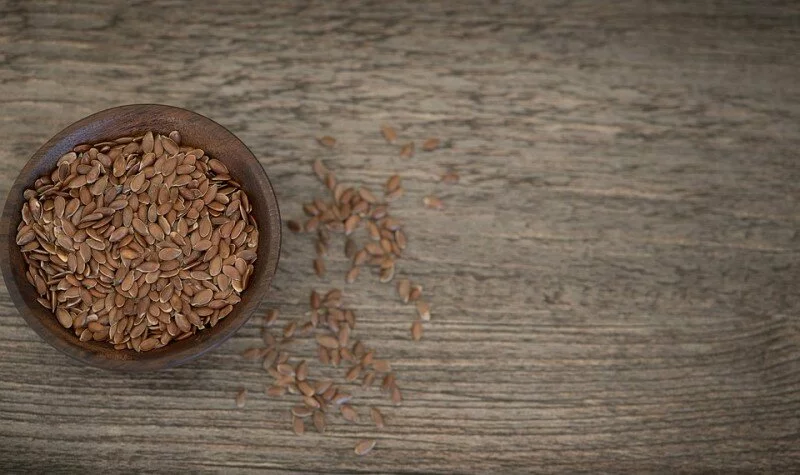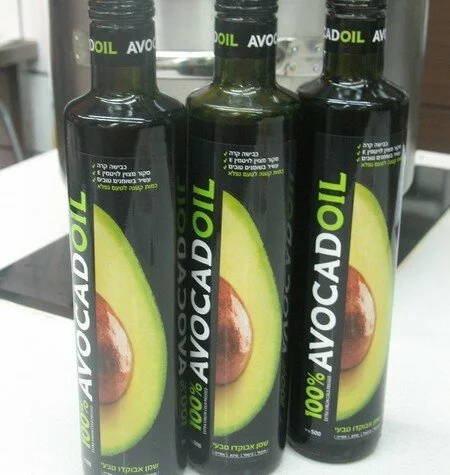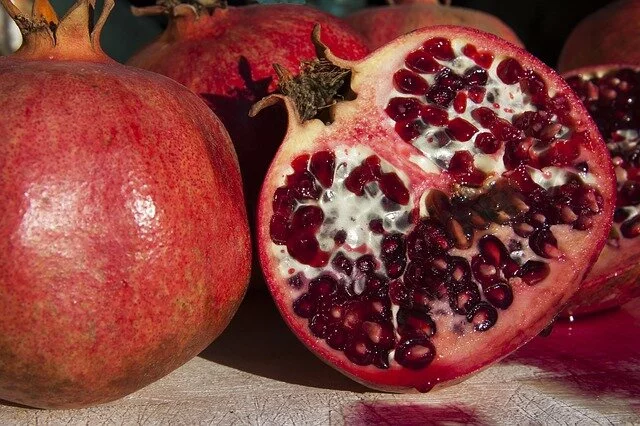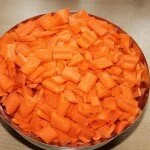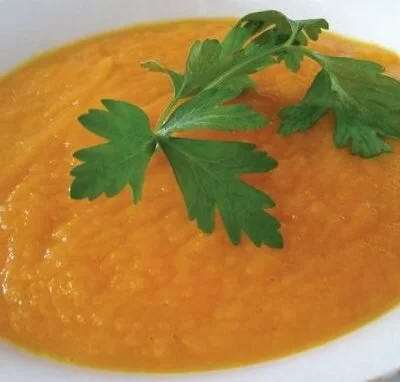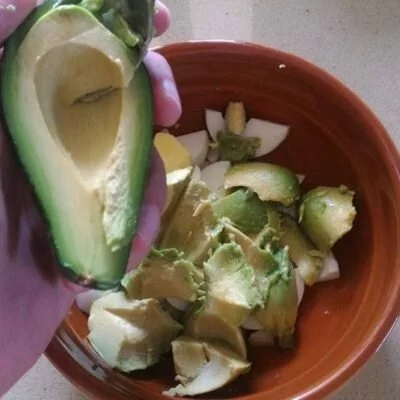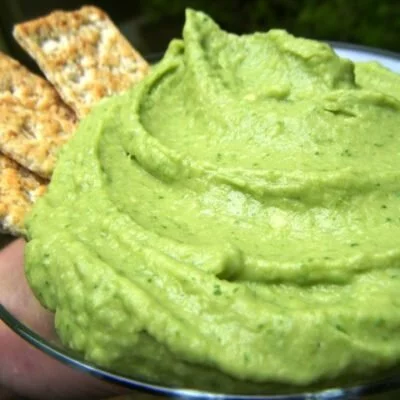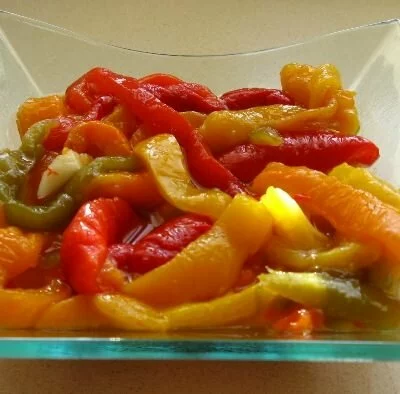Flax seed should be considered as a Superfood for health and nutrition.
Flax seeds are a healthy substitute for eggs in any recipe and can also replace all of the fat called for in a recipe due to its high oil content. The substitution for fat is that each 1/3 cup (75 mL) of oil or butter is replaced by 1 cup (250 mL) of ground flax seed. The basic substitution is a 3:1 ratio.
When using ground flax seed in place of other fats, baked goods are usually denser and brown quicker. Similarly, a flax seed mixture can also be used as an egg substitute for baking and in pancakes.
Every egg called for can be replaced with 1 teaspoon of milled flaxseed and 3 tablespoon of water.
The milled flaxseed and water must be mixed in a small bowl and allowed to sit for 1 to 2 minutes before adding to the recipe.
Using Flax seeds as a substitute will, most likely, yield a slightly gummier and chewier baked good. It may also show a slight decrease in volume. While whole and ground flaxseed have the same nutritional content our bodies receive more benefits from the ground flaxseed. The reason for that is that flaxseed is wrapped up in a hard, shiny seed coat that is difficult to break, even with careful chewing. Grinding or roasting the flaxseeds will break the hard shell, which makes all the nutrients much easier to digest.
Flax seeds can be easily ground at home in a coffee grinder, food processor or blender. It is best to store them in the freezer, if possible, or an airtight container, as the oils and nutrients are highly perishable if not stored correctly. They are a great way to boost the nutritional content of any food. Flax seeds are considered one of the top sources for Omega-3 fatty acids, which are linked to heart and cardiovascular health. They also provide antioxidants, vitamin B1, manganese, dietary fiber, and a host of other nutrients.
Ground or roasted Flax seeds can also be sprinkled on cereal, or salads for extra nutritional benefits and to add a slightly nutty taste. They are well worth the effort if you are trying to include a rich source of vitamins and minerals, and increase the health benefits of any recipe.









